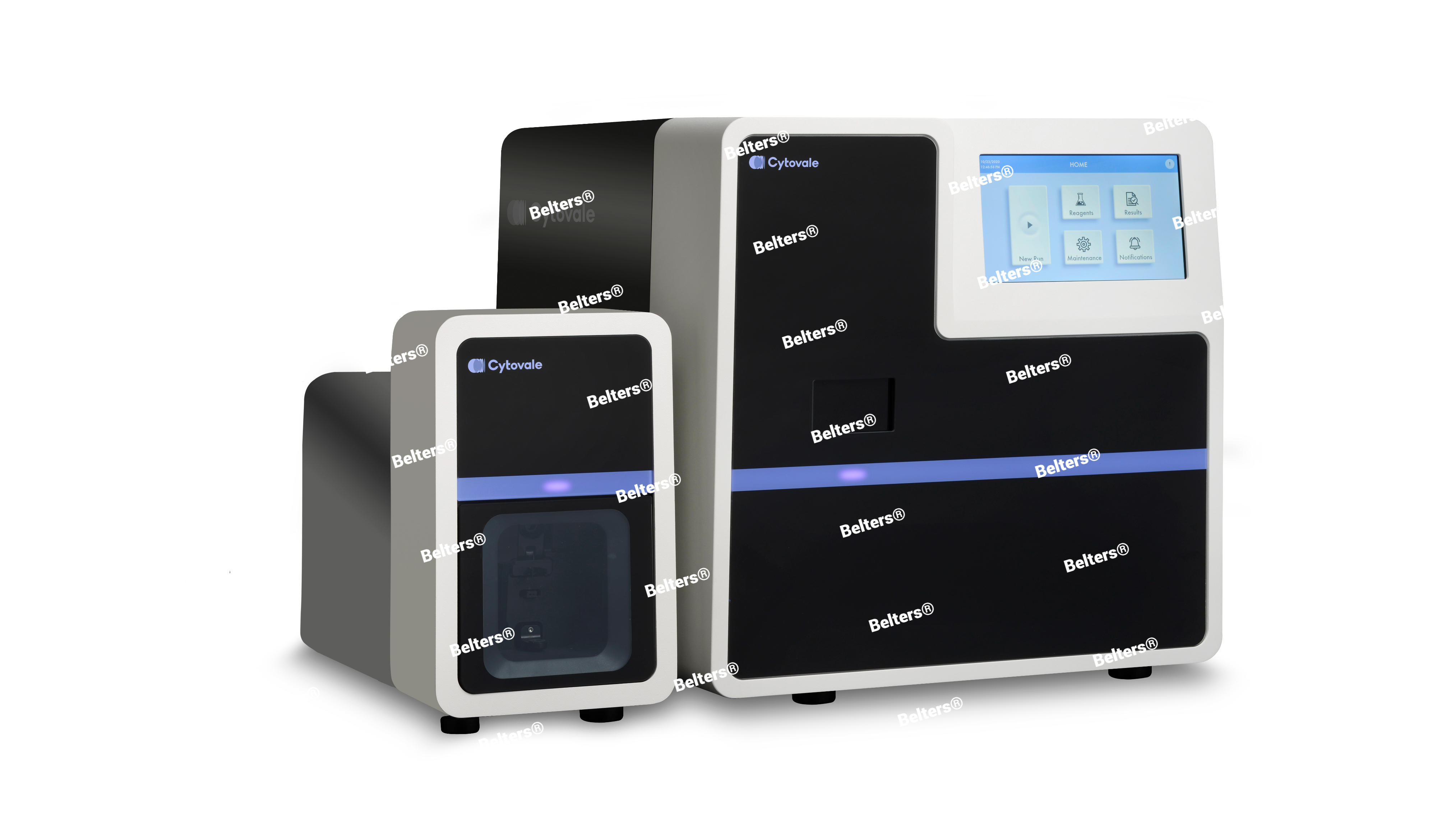Silicon Valley Develops ‘Holy Grail’ Blood Test to Detect Sepsis in 10 Minutes

Copyright, Belters. All rights reserved.
A life-saving blood test that can detect sepsis in under 10 minutes by squeezing cells “like a stress ball” could be available on the NHS within two years.
US researchers have hailed the development as one of the most important breakthroughs in modern medical history and a “turning point” in the fight against one of the world’s deadliest diseases.
The test works by forcing a small amount of blood through a tiny tube to see if the white, immune-fighting cells change shape.
White cells in sepsis-affected patients are softer and squidgier than those in healthy people and become flattened and elongated “like a leech” under pressure. The more leech-shaped cells a patient has, the more likely they are to have sepsis.
Measuring cell shape to spot sepsis isn’t new, but the process has previously taken up to two days and yielded mixed results.
Until now, scientists have had to scrutinise and count the number of deformed white cells themselves using a microscope – a laborious process that has led to numerous wrongful or missed diagnoses.
But the ‘IntelliSep’ test detects microscopic deformities using an ultra-high-speed camera that can capture over 500,000 frames per second.
The images are then analysed by a state-of-the-art, AI-powered computer.
It tallies-up the misshapen white cells in a matter of minutes and provides a digital reading with an average accuracy rate of 97 per cent.
Cytovale, the Silicon Valley firm behind IntelliSep, describe the test as a “game changer” that could save millions of lives each year.
Unlike other ‘sepsis breakthroughs’ that have never progressed beyond medical trials, IntelliSep has already been approved for use in the US by its national regulator, The Food and Drug Association (FDA).
It is currently in use at a hospital in Louisiana and will be rolled out to 10 other US hospitals by the end of 2024.
The test, which has taken more than 10 years and US$120million to develop, could be seen in all NHS hospitals in as little as two years if the UK follows suit.
Professor Michael Atar, a British-based scientist and lecturer at New York University, has been Cytovale’s lead investor and consultant for the past decade.
He is one of the world’s leading experts on biomedical physics and was a co-investor with the billionaire, PayPal co-founder and AI entrepreneur, Peter Thiel in Breakout Labs, a non-profit business accelerator program that helped fund start-up medtech and science companies.
Speaking yesterday from his home in London, Professor Atar, dubbed “Mr Sepsis”, said the test could be the “Holy Grail” that doctors having been seeking for decades.
“Sepsis is notorious as the ‘silent killer’ because it is so easily missed early on, when a patient’s symptoms can often be mistaken for other less serious illnesses,” he said.
“Rapid diagnosis and treatment is crucial to a good outcome, but there has never been a single, reliable diagnostic test available to doctors, costing precious time and people’s lives.
“Cytovale’s IntelliSep device is, by any objective measure, the ‘holy grail’ that the medical community has been so desperate to find.
“The technology behind it is genuinely groundbreaking and it has the real-world, tried-and-tested potential to save millions of lives, year on year, across the planet.”
Sepsis, or blood poisoning, kills one person every three seconds, and 11million annually – more than breast, prostate and bowel cancer combined.
It is most commonly caused by an abnormal immune reaction to a bacterial infection, which leads to an inflammatory response that makes things worse, not better.
White blood cells that normally work to protect the body from harmful bacteria ‘overreact’ and start destroying healthy cells instead.
This leads to organ failure and, if it is not diagnosed and treated immediately, usually with antibiotics, death in as little as 12 hours.
Anyone can get sepsis, but the elderly, children, and infants are most vulnerable.
People with weakened immune systems, severe burns, physical trauma, or long-term illnesses are also at increased risk.
Most deaths occur because the disease is not diagnosed until it is too advanced to treat.
Only last year, a damning report by the NHS ombudsman found that sepsis was still resulting in avoidable deaths because of persistent mistakes including delays in diagnosing and treating the condition.
Until now, there has been no rapid and reliable diagnostic test that has undergone successful medical trials and received regulatory approval.
Doctors have instead been forced to rely on the presence of secondary symptoms, like high blood pressure and heart rate, to make a calculated guess if a patient with an infection could be at risk of or is suffering from sepsis.
Analysing blood cell shape or cell cultures in a laboratory is also possible, but the days it takes and the mixed accuracy rates it delivers makes it impracticable and unreliable.
Cytovale says the IntelliSep test has been used to diagnose sepsis for more than 3,000 patients since its introduction at the Lady of the Lake Regional Medical Center in Baton Rouge, Louisiana, in August 2023.
The device works by isolating a patient’s white cells in a small sample of blood and forcing these at high pressure through a microchannel less than 50 microns in diameter – a hole smaller than the width of a single human hair.
Individual white cells are larger than the hole and must change shape to pass through it. As they do, each white immune-fighting cell is photographed and analysed by an internal supercomputer.
Healthy white cells also change appearance and resemble a fish’s body when squeezed.
But those in a patient fighting a sepsis infection will look more like a leech when squeezed – characteristics that enable them to move faster through the bloodstream to engulf a pathogen.
A disproportionately high number of leech-like cells in a given amount of blood is a definitive sign that the body has reacted abnormally to the original infection and could now be attacking itself.
Using this data, the device calculates the probability of sepsis, which in independent studies was shown to be 97 per cent accurate.
Each test costs $150 (£120) – around £1,000 cheaper than those carried out in a laboratory – and takes between eight and 10 minutes.
Professor Atar, of Cytovale, said the device could reduce the estimated £16billion annual impact of sepsis on the wider British economy.
He added: “The NHS is woefully underfunded and overstretched, and sadly many cases of sepsis are missed until it’s too late.
“This cost-effective, cost-saving test has the potential to turn the tables on sepsis if used by hospitals as standard for A&E admissions.
“It will not only identify those patients most at risk of sepsis faster, reducing the likelihood of complications or death, but also reduce the number of unnecessary intensive care admissions and precautionary treatments.”


Comments are closed.